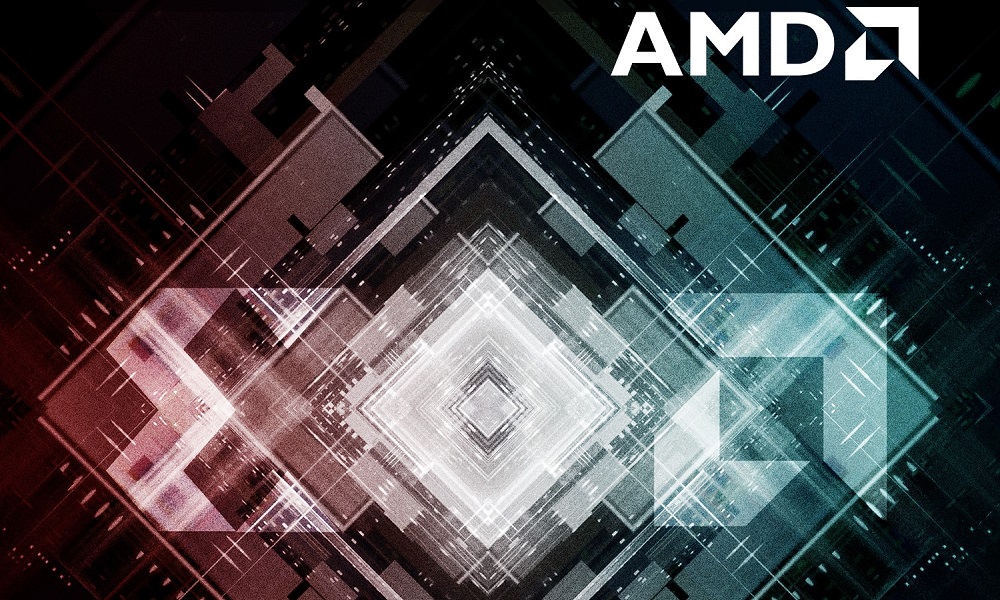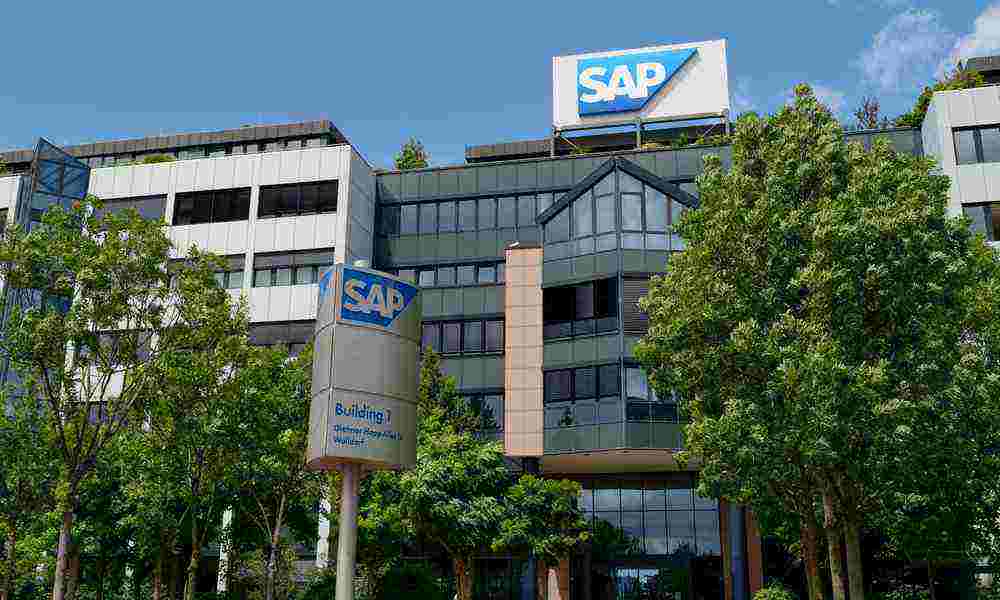
A few days ago we saw that AMD already had the approval it needed, from the main regulatory entities, to finalize the Xilinx purchase operation. China imposed some conditions, but as we told you at the time none was particularly limiting or burdensome, so in the end we were quite clear that the Sunnyvale giant was going to end up closing the operation without any problem.
Today we can confirm that AMD has completed the acquisition of Xilinx, thus completing one of its most ambitious and important operations. With this purchase, Xilinx will become the Adaptive and Embedded Computing Group (AECG), which will be led by former Xilinx CEO Victor Peng. The AECG will continue to focus on promoting two major sectors: FPGA solutions and adaptive SoCs, as well as embedded products for its main markets. This group now has a significant advantage in that it can offer an expanded set of solutions, including AMD CPUs and GPUs.
AMD CEO Lisa Su commented:
“The Xilinx acquisition brings together a highly complementary set of products, customers and markets, combined with world-class talent, to create the industry leader in high-performance and adaptive computing. Xilinx offers industry-leading FPGAs, adaptive SoCs, AI engines, and software expertise that enable AMD to deliver the strongest portfolio of adaptive, high-performance computing solutions in the industry and capture a greater share of the market opportunity for AMD. approximately 135 billion dollars that we see through the cloud, edge and smart devices.”
AMD buys Xilinx: These are the most important keys
This purchase operation supposes an increase of the Total Available Market (TAM, for its acronym in English) of AMD $80 billion to $135 billion. As you may have imagined, it also expands AMD’s customer base and allows it to diversify its business units, reaching new markets and customers.
On the other hand, we must not forget the Xilinx deep strategic partnerships in wired and wireless communications, automotive, industrial and test, aerospace and defense, broadcast, measurement and emulation, and consumer markets complement AMD partnerships in PC markets and data centers.
There is also a significant enhancement of AMD’s R&D capabilityas the Xilinx purchase brings additional capabilities in advanced technology development, including stacking and packaging technology, chiplets, interconnection, AI, domain-specific architectures, and building better software platforms.
To all of the above we must also add a further strengthening of AMD’s financial model. The Xilinx purchase provides multiple and diverse revenue streams through new end markets with long product cycles and high revenue margins. AMD expects this acquisition to increase non-GAAP gross and operating margins, non-GAAP EPS and free cash flow generation in the first year.



